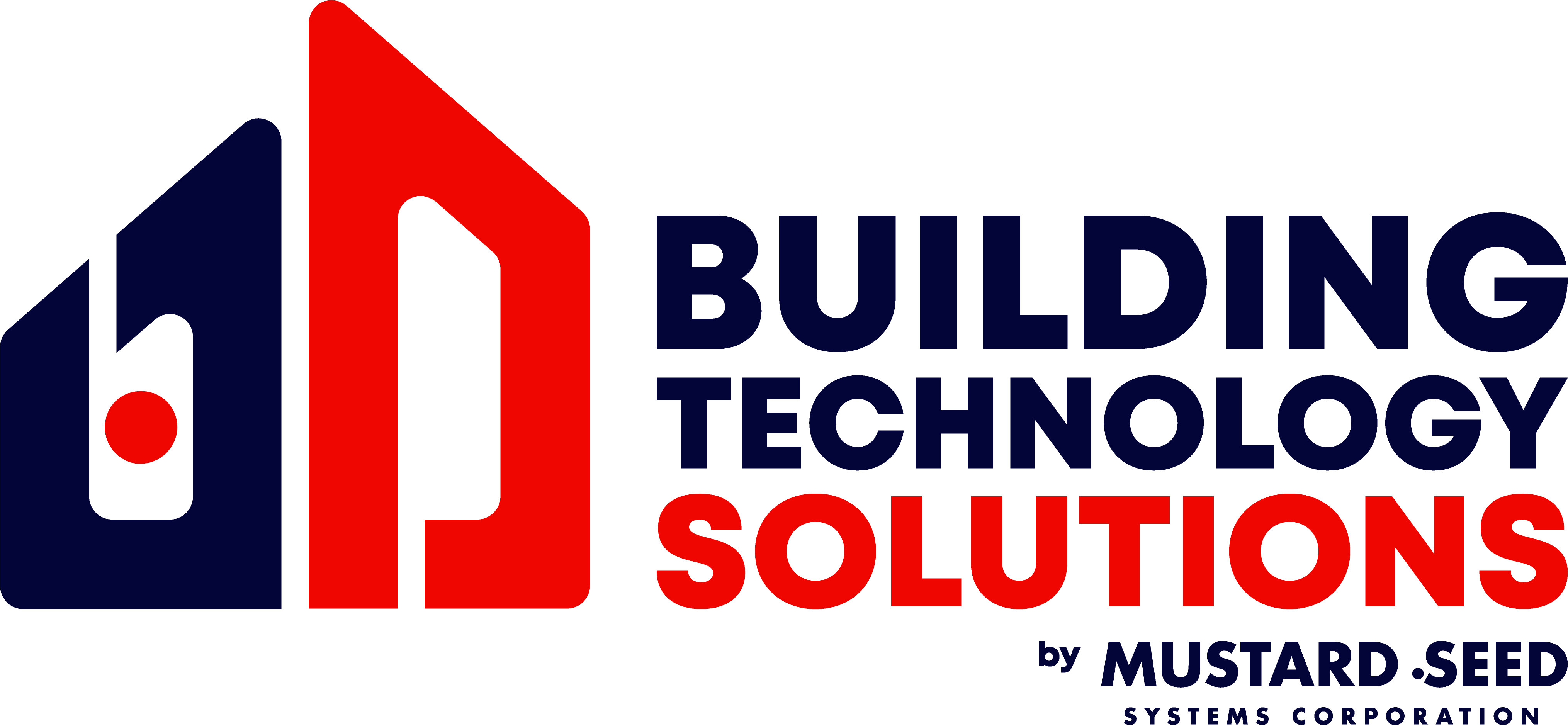Well-Designed Structured Cabling System for High-Speed Connectivity


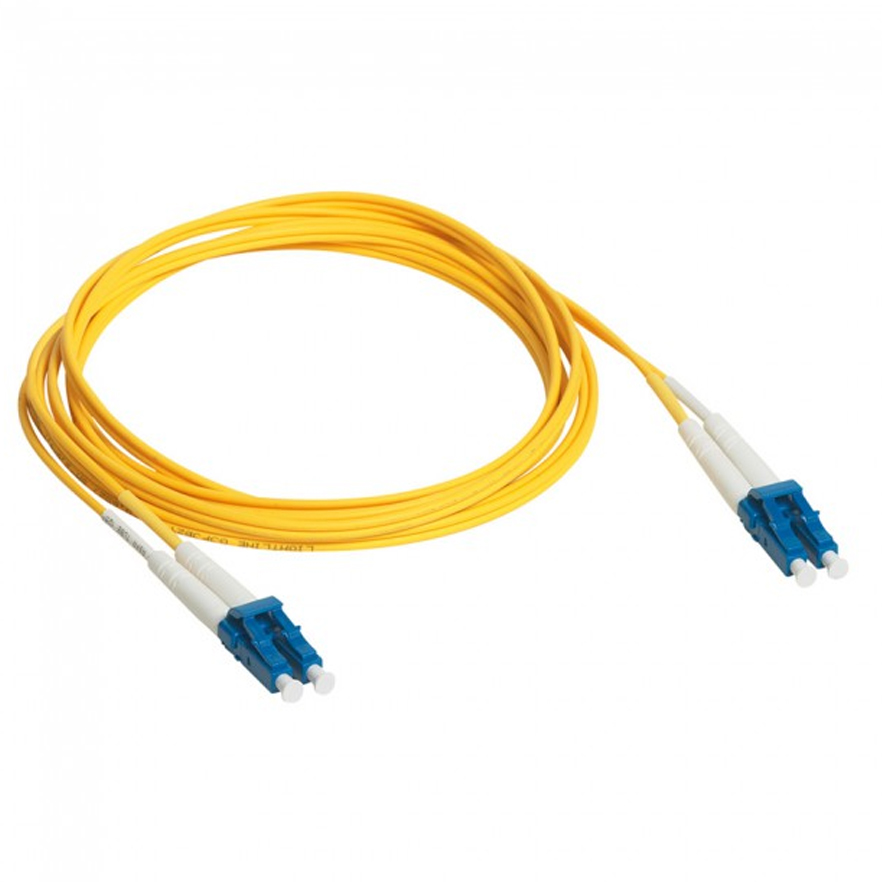
Fiber Optic Cable
Copper Cable
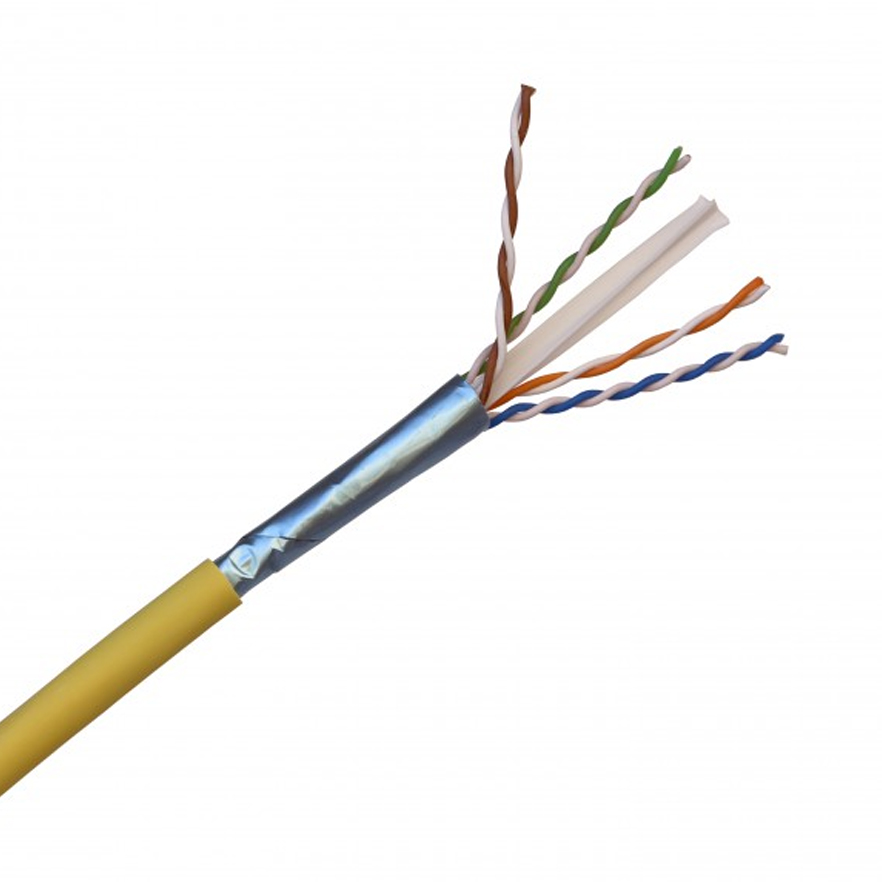
Completed Structured Cabling Project
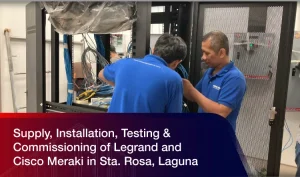
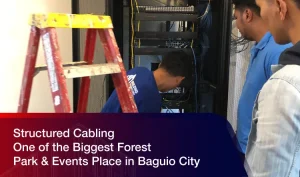
Frequently Asked Questions
A well-designed structured cabling system provides many benefits, including:
- Reduced Risk of Downtime
- Future Proof Investment
- Cost-Effective
- Enhanced Flexibility
Fiber cables are made of glass or plastic, while the copper cable is made of copper. Also, fiber provides far greater bandwidth than copper, making it a popular choice for long-distance, high-speed data transmission. Lastly, fiber optics transmit signals using light pulses, while copper cable transmits signals in electrical pulses.
If you are experiencing any of the following problems, then it may be time to invest in a new structured cabling system:
- Frequent Connection Issues
- Slow Network Performance
- Expensive Maintenance Costs
- Lack of Scalability
While it is possible to install a structured cabling system yourself, we recommend hiring a professional. There are many factors to consider when designing and installing a structured cabling system, such as cable type, distance, and data rate. A professional installer will be able to ensure that your system is installed correctly and meets your specific needs.
The cable you use for your structured cabling system will depend on several factors, including the distance the data will be transmitted, the data rate, and the type of equipment you use. Talk to us today to find out which type of cable is right for you.
The cost of a structured cabling system depends on many factors, including the size and complexity of the system, the type of cable used, and the installation process. For a more accurate estimate, contact us today for a free consultation.
